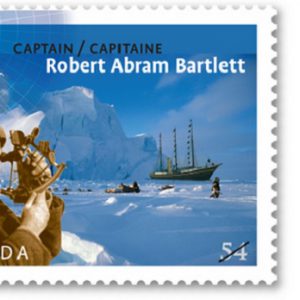When Newfoundland and Labrador is described as the path to the Arctic, it is done so using the fullness of the word, from the province’s strategic location to its world-class Arctic-related expertise, infrastructure, and facilities. As Canada’s most easterly province, extending north to the edge of the Arctic, Newfoundland and Labrador is ideally located along international shipping lanes and northern sea routes to connect with markets in the Arctic, Canada, the United States, Central and South America, Europe, and Asia.
Surrounded by the North Atlantic Ocean and uniquely positioned along Iceberg Alley, the waters around Newfoundland and Labrador are colder than anywhere else in the world with temperatures south of 60 degrees – colder than waters near Norway and in parts of Alaska, Greenland and Iceland. While the water isn’t technically ‘in the Arctic,’ the existing conditions are Arctic in nature, providing a unique place to develop solutions to arctic challenges.Newfoundland and Labrador is self-described as the world’s cold ocean laboratory, with a vibrant ocean technology sector providing global guidance on all matters Arctic.
It is also home to growing sectors such as oil and gas, shipping, education and training, and research and development, as well as traditional sectors such as mining and commercial fisheries. Newfoundland and Labrador boasts a rich history of ocean exploration and adventure. When Robert Peary set out to explore the Arctic more than 100 years ago, it was a Newfoundlander he approached to assist him. Brigus-born master mariner Captain Bob Bartlett became Peary’s first mate for three Arctic expeditions. Even back then, Newfoundland and Labrador was heralded as a natural path to the Arctic and home to the world’s foremost experts when it came to operating in cold, harsh and ice-prone environments.
To read the full story CLICK HERE

